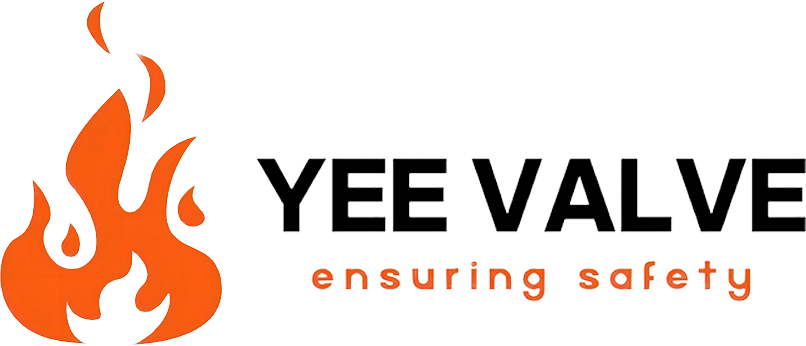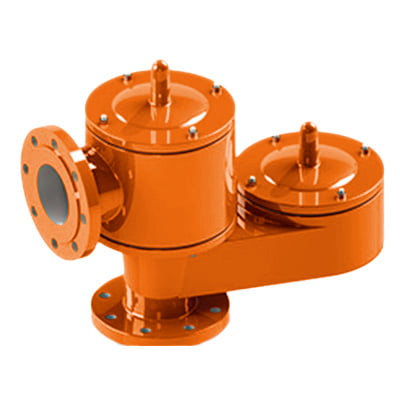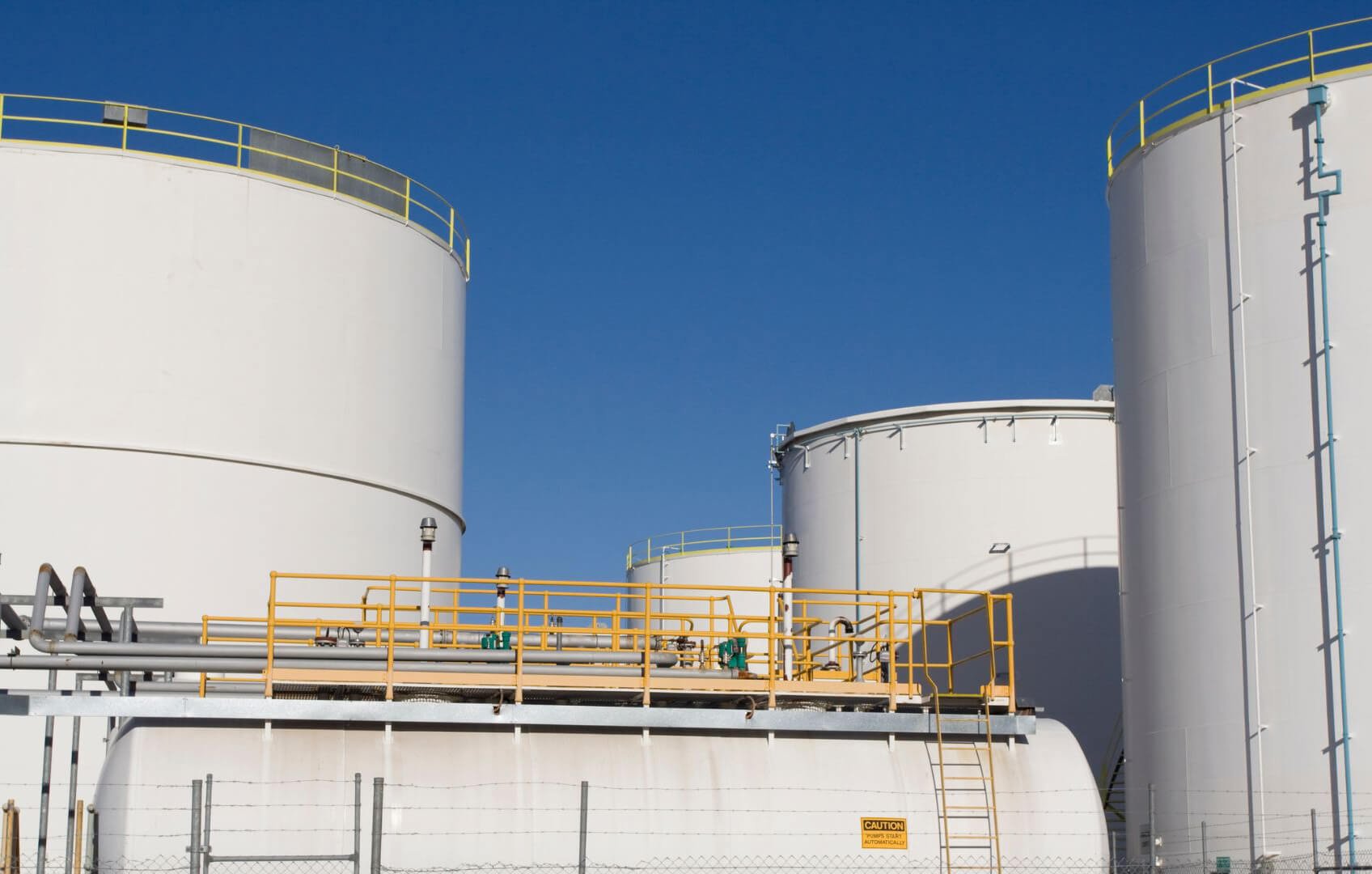Qu'est-ce qu'une valve de reniflard ?
Une soupape de ventilation (soupape de surpression/vide) est conçue pour protéger les réservoirs de stockage, les systèmes de traitement et les équipements contre des conditions de pression et de vide excessives. Ces vannes permettent une ventilation contrôlée des gaz ou des vapeurs et aident à maintenir un environnement de travail sûr en évitant les dommages au réservoir et en minimisant la perte de produit due à l'évaporation.
Comment fonctionnent les valves de reniflard ?
Les soupapes de reniflard fonctionnent en utilisant des palettes chargées de poids ou à ressort pour contrôler le débit à travers la soupape. Lorsque la pression interne ou le vide atteint un point défini, la palette se soulève du siège pour permettre l'écoulement. Cela évite les pertes d'émission jusqu'à ce que la pression soit très proche de la pression réglée et empêche l'admission d'air jusqu'à ce que le vide réglé soit très proche.
Quels sont les avantages de l’utilisation d’une valve de reniflard ?
- Capacité de débit élevée grâce à une taille de vanne compacte.
- Large gamme de réglages de pression et de vide pour une protection maximale du réservoir.
- Minimisation des pertes de gaz et de l'évaporation, entraînant des économies.
- Conformité aux réglementations strictes en matière de contrôle des émissions.
- La conception modulaire permet une personnalisation selon des exigences spécifiques.
De quels matériaux sont fabriqués les reniflards ?
Les reniflards peuvent être fabriqués à partir de divers matériaux, notamment l'aluminium, l'acier inoxydable, l'acier au carbone, la fonte ductile et des alliages tels que le C276. Le choix du matériau dépend de l’application spécifique et du type de support traité.
Quelles sont les applications courantes des soupapes de ventilation ?
Les applications courantes incluent la protection des réservoirs de stockage dans des industries telles que les industries pharmaceutique, agroalimentaire, de transformation chimique et pétrochimique. Ils sont également utilisés dans les systèmes où les vapeurs doivent être évacuées ou évacuées vers l’atmosphère.
À quelles normes les reniflards sont-ils conformes ?
Les reniflards sont conçus et testés selon des normes telles que API 2000:2014 et EN ISO 28300:2016. Ils répondent également à la directive européenne 2014/34/UE relative aux équipements utilisés en atmosphères potentiellement explosives (ATEX).
Comment puis-je sélectionner la valve de reniflard adaptée à mon application ?
La sélection de la bonne soupape de ventilation implique de prendre en compte des facteurs tels que la taille du réservoir, les caractéristiques du fluide (point d'éclair, point d'ébullition, chaleur latente de vaporisation, masse moléculaire), l'emplacement, les taux de remplissage et de vidange maximaux, ainsi que les réglages de pression et de vide requis. Consulter un expert Yee Valve et utiliser un service de dimensionnement de vannes peut contribuer à garantir des performances et une rentabilité optimales.
Quel entretien est requis pour les soupapes de ventilation ?
Une inspection et un entretien réguliers sont nécessaires pour garantir le bon fonctionnement des soupapes de ventilation. Cela inclut la vérification de tout blocage, la garantie que les palettes et les sièges sont propres et exempts de débris, et la vérification que les pressions et les vides réglés sont précis. Les procédures de maintenance doivent suivre les recommandations du fabricant pour maintenir la sécurité et l’efficacité.



